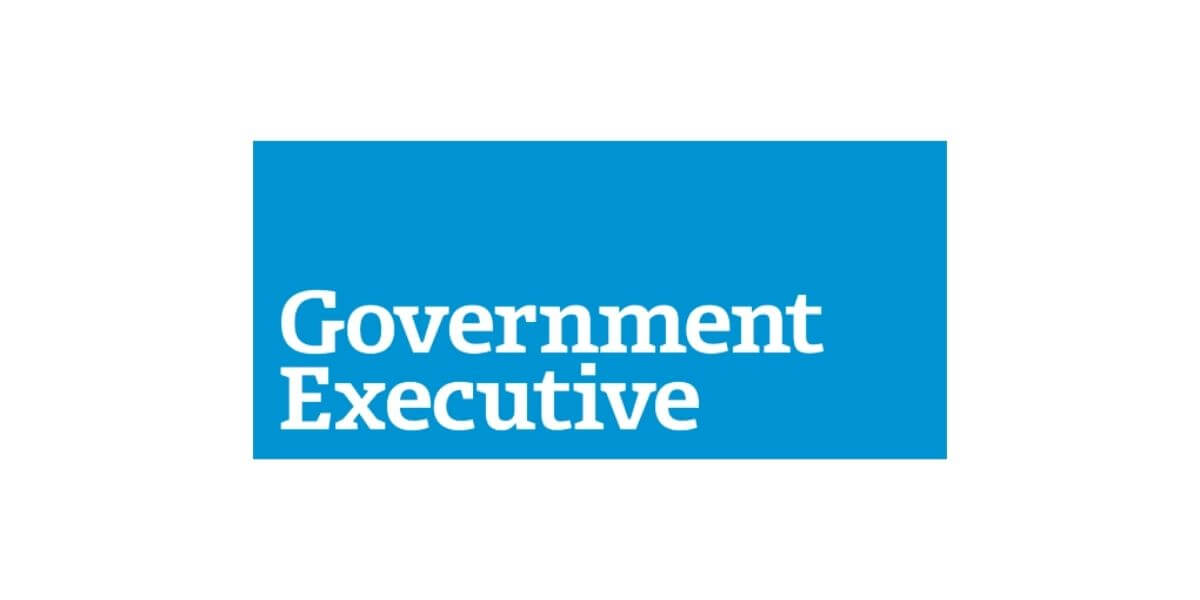SCHOHARIE — If it had been up to District Attorney Susan Mallery, the people’s case against Nauman Hussain would have ended last summer with a judge’s formal decision to accept a plea deal and sentence him to five years of probation for the Oct. 6, 2018, limousine crash that remains one of the nation’s worst transportation disasters.
Instead, Mallery found herself taking the case to trial and scoring a victory in what will likely be remembered as the biggest case of her career: a guilty verdict — or rather 20 of them, one for each of the victims — and Hussain facing a possible prison sentence of five to 15 years at his May 31 sentencing.
But getting to Wednesday’s conclusion took nearly five years in which the outcome often appeared uncertain, and Mallery’s handling of the case came in for withering criticism.
In the weeks after the crash, the district attorney angered the National Transportation Safety Board with her refusal to grant federal investigators access to the wreckage of the 2001 stretch Ford Excursion involved in the crash. Her blockade was resolved only after members of Congress and the county court judge overseeing the case brokered a deal.
Mallery disappointed most of the families of the dead with her 2021 no-jail plea deal, which was thrown out in August 2022 when state Supreme Court Justice Peter Lynch — who had taken over the case from a judge who initially approved it — contended that the plea deal had been legally flawed.
And in the opening days of testimony earlier this month, Mallery received a thorough scolding from Lynch for her ignorance that several of her witnesses had criminal records, information that should have been handed over to the defense weeks earlier, the judge noted.
But in the end, the grieving families got what they were so desperately seeking: a public trial that brought to light the critical factors that led to the crash. Mallery will be able to silence some of her critics with the plain fact that Hussain has been convicted on 20 counts of second-degree manslaughter after the jury deliberated for less than six hours.
But why did it take so long to get here, and why did Mallery come under so much fire?
At least for now, the district attorney’s point of view on those questions remains unknown. She has made little public comment on the case beyond noting that doing so might imperil the prosecution. Mallery did not return a call placed with her office for this story, and has for more than four years politely declined to discuss the case when approached in person or returning calls made to her office by this reporter.
“That’s just the way she was brought up,” said state Assemblyman Chris Tague, a longtime Schoharie Republican party leader who supported Mallery’s run for district attorney in 2017 and her reelection in 2021. “I always thought she was capable of doing a good job. She’s a hard worker.”
Mallery has been entrenched in the legal profession from a young age: Her father, Roger Mallery, served as district attorney in Schoharie County for more than a decade. Tague said she remains uncomfortable with politics and the attention that comes with elected office. Being an elected official in a rural county with roughly 30,000 residents does not usually bring the sort of national attention that the limo crash engendered.
“She knows how important this case is, and she didn’t want to screw it up,” Tague said.
A bad fact pattern
The NTSB was so incensed by Mallery’s stonewalling that its final investigative report on the crash, published in October 2020, included an addendum with 71 pages of correspondence between Mallery, the agency and Schoharie County Court Judge George Bartlett III, who sought to broker the deal that would grant the NTSB access to the limo.
In those letters, Mallery had lectured Bartlett that his “continuing cooperation” with the NTSB seeking to examine the limo could result in her criminal investigation being “impaired significantly.”
She also made the puzzling claim that the NTSB’s investigation wasn’t urgent because the agency “must naturally address the design of the vehicle at the time of manufacture” in order to reach “potential recommendations” to update federal vehicle safety standards.
“There is no dire urgency for the NTSB to conduct investigative measures,” Mallery asserted in a Jan. 16, 2019, letter to Bartlett in which she later claimed the NTSB was putting “politics” ahead of justice for the families of the victims.
In a letter addressed to Mallery, the NTSB and Hussain’s attorney Lee Kindlon two days later, Bartlett chided the district attorney and reminded her that he alone had control over the limousine since only he could approve search warrants. He also called her accusation that politics was jeopardizing the case “gratuitous” and “only serves to undermine faith in our justice system.”
But by the time the NTSB report was released, Mallery had already been confronted with a far more significant impediment to her case: Evidence that a Mavis Discount Tire store in Saratoga Springs had falsified an invoice for brake work on the 31-foot-long limo that had been requested by Hussain but never done; the same store had issued a DMV sticker for an inspection that had never been performed.
That revelation was the reason why the district attorney and Kindlon began talking about a plea deal behind closed doors in early 2020. They coordinated those talks with Bartlett, according to a December 2022 filing made by Kindlon as he asked a state appellate court to reinstate the plea deal after Lynch tossed it.
After the Mavis evidence came to light, “the parties, with the proactive involvement of Judge Bartlett, finalized a detailed, seven-page written plea agreement that underwent multiple revisions over the course of 18 months,” Kindlon wrote in the petition to the state Appellate Division’s Third Department, which ultimately declined to reverse Lynch’s scuttling of the plea deal.
Bartlett, who could not be reached for comment for this story, explained his reasons for accepting the plea deal in an lengthy statement he read into the record when Hussain accepted it in open court in September 2021. Bartlett said that on Sept. 17, 2019, Mallery learned about the falsified Mavis invoice in an interview with the store’s manager, Virgil Park, evidence that she recognized could imperil her case at trial.
Despite the risk, many relatives of the dead were furious at what some saw as Mallery’s cowardice in refusing to take the case to trial. Mary Ashton, whose son Michael Ukaj died in the crash, said just before the plea deal was struck that the district attorney “tried scaring the families” into thinking that Hussain could win acquittal if he went to trial.
“I am livid,” Ashton said at the time. “We totally feel this case was messed up from the start, and the DA is the one that let it happen. The whole case as far as we’re concerned was handled very poorly.”
While the Mavis evidence was problematic, merely going to trial would have been a complex task: Its expected start date was delayed due to the COVID-19 pandemic, which had impeded most in-person proceedings. Non-violent offenders were being released in droves from state prison. Going through jury selection at the time would have been nearly impossible.
The negotiated deal required Nauman to plead to 20 counts of criminally negligent homicide, and serve five years of probation as well as 1,000 hours of community service. He would also be barred from working in transportation.
“Both parties seek an assured result to guarantee finality in this highly emotional case,” Bartlett read during the hearing, which was held at the local high school gym to allow for social distancing.
Bartlett offered Mallery the chance to explain her reasons for agreeing to the plea. She did not take him up on it. And when asked by the Times Union as she was about to leave the gym for an explanation, the district attorney said she was ethically bound not to speak because the case was technically still pending.
“I can only talk about process,” she said.
The case was indeed still pending: Bartlett’s retirement in early 2022 handed Lynch the role of formally sentencing Hussain after he completed a year of interim probation.
Instead, during an Aug. 31, 2022 court hearing in which it was expected that Lynch would rubber-stamp the deal, Lynch announced that he found it to be “not based on truth” and “completely disingenuous.” He suggested the authors — meaning Kindlon and Mallery — had to ignore key evidence in the case in order to justify its legal foundation.
Lynch specifically pointed to Hussain’s removal of a state DOT out-of-service sticker placed on the Excursion’s windshield a month before the crash as evidence that the young man had knowingly disregarded the risk of his actions, which were reckless — key elements of manslaughter, not criminally negligent homicide, which assumes the defendant didn’t realize the risk of his actions.
“I will tell you this — I am not going to abide by this plea agreement,” Lynch said.
Slow and steady
Mallery and Frederick Rench, a well-known Saratoga County attorney hired to assist her, were criticized during the trial for their often mundane, borderline robotic questioning of witnesses, asking them to confirm phone numbers and email addresses on documents that might have seemed irrelevant to a casual observer.
But since the burden of proof in criminal cases rests entirely on the prosecution and the jury can only consider evidence or testimony presented at trial in reaching a verdict, good prosecutors are slow and deliberate when they need to be, even when the results are methodical to the point of exhaustion.
“There are times when you are speaking to the jury and there are times when you are speaking to the record,” said Peter Pullano, a criminal defense attorney with Tully Rinckey from Rochester who attended Albany Law School but did not follow the Hussain case. “You want to make sure (the evidence) is very clear.”
That matters not only in the courtroom, but if the verdict is appealed to a higher court, which will have to rely on the transcript of the case to make its ruling. Kindlon has already said he plans to appeal Hussain’s conviction.
“Just lock (the specifics) down so there is no dispute later,” Pullano said.
Mallery’s original witness list included nearly 500 people. By the time jury selection began, it had been whittled down to 136. But Mallery only called two dozen witnesses, and a trial that was expected to last up to six weeks only ran eight days. The defense rested without calling a single witness.
Lynch, who had complete command of the trial and kept the pace brisk, was adamant that no gruesome photos of victims should be shown to the jury and that any testimony by first responders and police about the condition of the dead must be kept to a bare minimum.
As a result, Kindlon and Mallery had agreed to stipulate many of the facts that such evidence would show jurors in order not to overly prejudice them. The original witness list, which was read to potential jurors during jury selection but never shared with the news media during the trial, showed that a large percentage of the people Mallery could have called were members of law enforcement and relatives of the victims. Others on the list likely would have offered duplicative testimony that wasn’t needed for the prosecution to prove its case.
In the end, the jury didn’t seem to be moved by the fact that Kindlon got Park to admit on the stand that he had falsified business records — a potential felony — related to the Excursion’s brakes. Kindlon told a reporter immediately after the explosive testimony that it had been one of the best cross-examinations he had ever done.
Boring though it might have been, Mallery and Rench’s strategy was relentless in demonstrating that Hussain had failed to heed the repeated warnings of state transportation investigators and law enforcement who had issued numerous violations against the limo company and repeatedly ordered the Excursion off the road for safety violations. Although none of the witnesses called had anything bad to say about Hussain’s personality, they all contributed to the bigger picture of a young man recklessly ignoring the risk the Excursion posed to the public.
After Hussain was handcuffed and taken away to the Schoharie County jail, juror Andrea Austin was asked by reporters what led to the guilty verdict. She said it wasn’t one witness or one piece of evidence, but the long timeline built by prosecutors that showed how Hussain failed to follow the law and ignored his responsibility to not endanger his customers and others on the roads.




